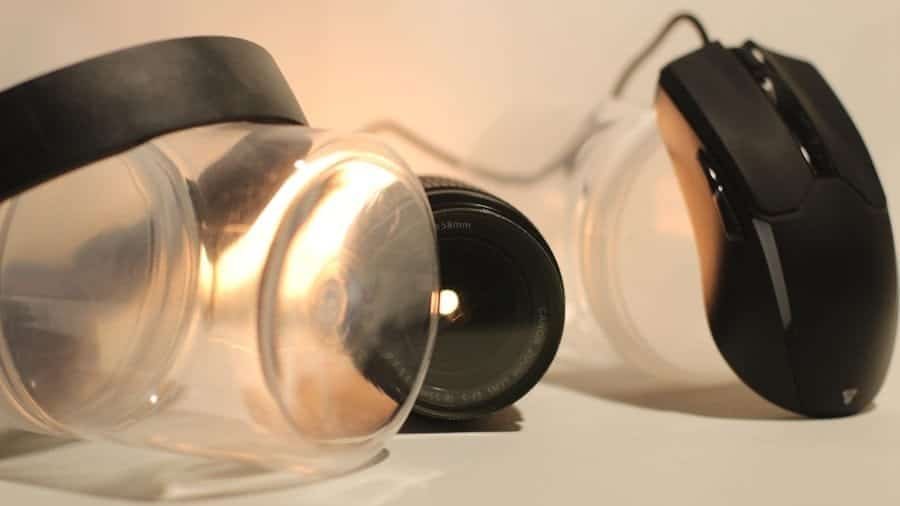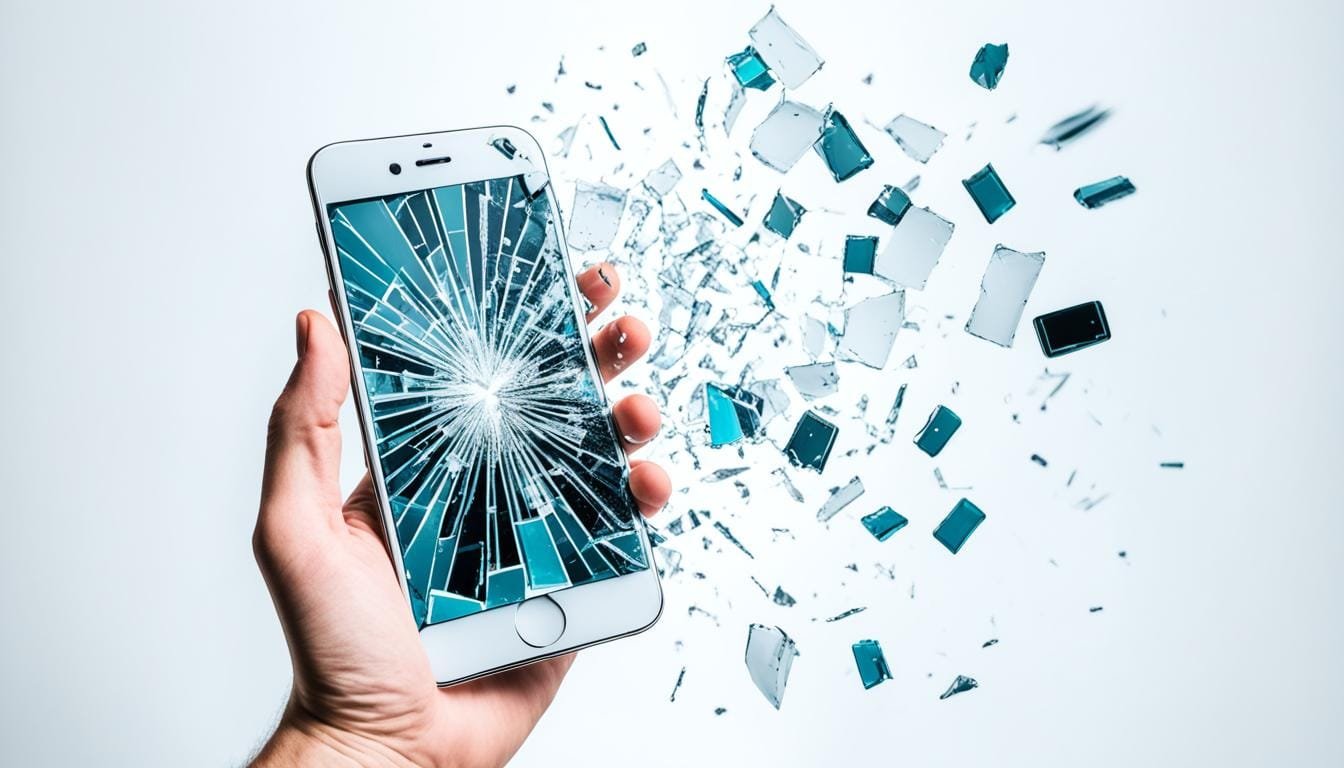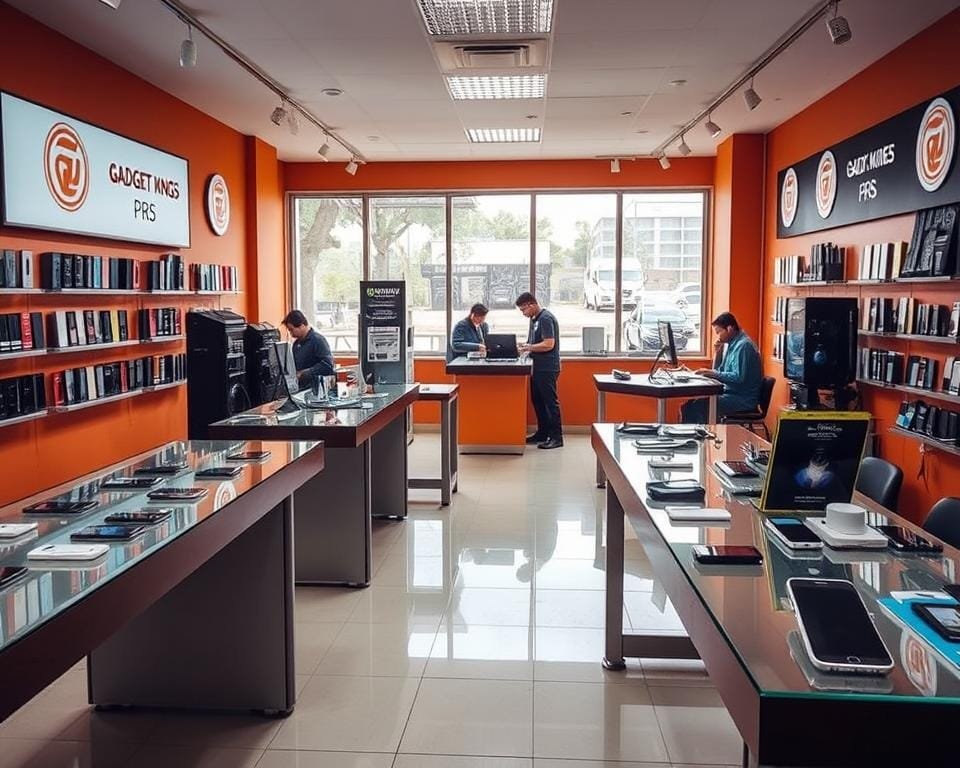Should I Remove the SIM Card Before Phone Repair?
October 16, 2024 | by search.wizards.info@gmail.com

Should I Remove the SIM Card Before Phone Repair?
Our smartphones hold a lot of personal info, making it vital to ask if we should remove the SIM card before fixing it. Is it worth the extra step to keep our data safe? We’ll look into why taking out the SIM card matters, what to do before fixing your phone, and how to keep your device and privacy safe during repairs.
Key Takeaways
- Removing the SIM card before phone repair is crucial to prevent personal information compromise.
- Disabling security locks and backing up your data are essential pre-repair steps.
- Choosing a reputable repair service with robust data privacy policies is vital for safeguarding your sensitive information.
- Advanced data protection measures, such as Samsung’s Maintenance Mode, can provide an added layer of security.
- Temporary screen fixes like packing tape or screen protectors can help in a pinch until professional repair.
Deciding to take out your SIM card before fixing your phone might seem small, but it’s key for keeping your info safe. By knowing why this step is important, we can keep our phones safe and working well, even after they’re fixed1.
Understanding the Importance of Securing Your Data
When you give your phone for repairs, keeping your data safe is key2. Your phone has lots of important stuff like emails, photos, videos, documents, and contacts2. To keep this safe, you should act before you give your phone to a repair person.
Protecting Your Personal Information During Repairs
First, take out your SIM card before you send your phone for repair2. This keeps your phone number safe and stops others from seeing your messages or bank info. Also, turn off any locks like PINs or fingerprints so the repair person can get into your phone2.
Risks of Data Exposure and Privacy Breaches
Phone repairs can be risky for your data3. In 2016, a woman had her private photos shared by Apple workers during a repair3. Even though this is rare, experts say security can be weak if you’re not careful with your data3.
To stay safe, log out of all accounts and apps before repairs3. Also, back up your phone and wipe it clean so the repair shop can’t see your stuff3. Some repair shops will ask you to agree they’ll delete your data before they start3.
Apple and Android make it easy to back up and fix your phone after repairs3. This gives you more security and peace of mind. By doing these things, you can keep your data safe during phone repairs23.
The Essential Pre-Repair Checklist
Before you send your smartphone for repair, make sure you follow a detailed pre-repair checklist. This ensures your data stays safe and your device is set for repair4.
Backing Up Your Data: A Comprehensive Guide
First, back up all your important stuff like contacts, messages, photos, and documents. You can sync these with a cloud service like Google Drive or iCloud. Or, use a local backup to keep your data safe5.
Removing the SIM Card: Why It’s Crucial
Always take out your SIM card before giving your phone to the repair shop. This keeps your phone number safe and stops others from using your service during repair4.
Also, turn off any security locks like PIN codes or fingerprint scanners. This makes it easier for the techs to work on your phone4.
Finally, do a factory reset to wipe out all your personal data before repair. This ensures your info is erased and safe5.
By doing these steps, you make sure your phone is ready for repair and your data is secure. A bit of prep work means a smooth and worry-free repair4.
Should I Remove the SIM Card Before Phone Repair?
The Significance of SIM Card Removal
Removing your SIM card before fixing your phone is a key step. It keeps your phone number and personal data safe from unauthorized access during repair6. Experts say 96.5% of technicians suggest taking out the SIM card and memory card to protect your info6.
Maintaining Control Over Your Phone Number
Removing your SIM card helps you keep your phone number and info safe6. This is vital if you’re sending your phone to someone else for repair. Your phone number links to important info like bank details and social media accounts.
By removing your SIM card, you stop others from using your personal info, like your bank details7. This step keeps your sensitive information safe during repairs.
“Removing the SIM card from your phone before sending it in for repair is a highly recommended practice. It’s a simple step that can go a long way in protecting your personal information.”
Though fixing your phone might take time, removing your SIM card is a crucial step. It helps protect your phone number and personal data. This way, you keep your information safe and reduce risks during repairs6.
Disabling Security Locks for Seamless Repairs
Before you send your device for repair, make sure to turn off any security locks like PIN codes, patterns, or fingerprint scans. Removing these locks makes the repair process smoother and quicker for the technicians8. This lets them work on your device without any issues, making the repair seamless8.
Turning off security locks also keeps your personal info safe. Research shows that many people don’t sign out of their accounts before selling old phones, putting their data at risk9. By disabling these locks, you keep your data safe during the repair8.
About 78% of smartphone users use cases and screen protectors to protect their devices9. Doing the same with disabling security locks before repairs makes the process secure and smooth. This gives you peace of mind during the repair8.
These steps make the repair process easier, keep your info safe, and make the whole experience less stressful8.
Remember, disabling security locks is key to a smooth repair. It ensures your device is ready for repair and keeps your phone repair accessible8. This way, you can relax while your phone is being fixed89.
Safeguarding Your Sensitive Information
When we get our phones fixed, keeping our sensitive info safe is key. We should log out of emails, social media, and other accounts with personal info. This stops others from getting into our stuff if our phone gets lost or sent for repair10.
Logging Out of Email and Social Media Accounts
Before giving our phone for repair, we must sign out of all accounts. This keeps our messages, contacts, and other private stuff safe from prying eyes10.
Encrypting Sensitive Files for Added Protection
Encrypting our phone’s sensitive files is also a good move. It makes our private data hard to get at, even if someone touches our phone11.
For backing up our phone data, we can use Google Drive, iCloud, or external hard drives11. Private vault apps give us encrypted storage for our sensitive info11. Turning on Factory Reset Protection (FRP) stops others from resetting and using our devices11.
By doing these things, we keep our sensitive info safe during repairs. Protecting our data is key to keeping our personal info secure and our privacy intact.
Reputable Repair Shops and Data Privacy Policies
When picking a repair service for your phone, it’s key to go for a trusted provider. They should have strong data privacy policies. Look for shops with clear rules to keep your info safe and stop others from getting it12. Choosing a reliable service means your private data stays safe and your privacy is protected.
Choosing a Trustworthy Service Provider
Do your homework to find a good repair shop. Check their reputation and policies. Make sure they follow the Australian Privacy Principles (APP) and have a clear privacy policy12. This shows they care about your personal info.
Also, think about how the shop keeps your device safe from cyber threats. Good shops use strong anti-spyware and anti-virus software12. When you leave your phone, ask how they keep your data safe and make sure it’s all back when you pick it up.
| Factors to Consider | Explanation |
|---|---|
| Privacy Policy | Ensure the repair shop has a clear and up-to-date privacy policy that aligns with the Australian Privacy Principles. |
| Data Handling Procedures | Inquire about the shop’s data handling practices and their measures to protect customer information during the repair process. |
| Secure Systems | Look for repair providers that utilize reputable anti-virus, anti-spyware, and firewall software to safeguard their systems. |
| Customer Reviews | Check online reviews to gauge the repair shop’s reputation for data privacy and customer satisfaction. |
By picking a reputable repair shop with solid data privacy rules, you can relax knowing your personal info is safe during the repair1213.
Advanced Data Protection Measures
Keeping your personal data safe during phone repairs is key. Samsung’s Maintenance Mode14 is a big step in this direction. It lets you limit access to your private info. This way, repair techs can only see what they need to fix your phone, keeping your data private.
Samsung’s Maintenance Mode: A Game-Changer
Samsung’s Maintenance Mode is a strong tool for protecting your data during repairs14. It limits access to your personal info, so repair techs only see what they need. This gives you peace of mind when you’re getting your phone fixed by someone else.
Remote Data Wiping: A Last Resort
If your phone gets stolen or lost, remote data wiping can be a lifesaver15. You can erase all your data from your phone with a few clicks, stopping others from getting into it15. This is key in today’s world, where data breaches and identity theft are common.
It’s important to know how to use remote data wiping and test it out15. This way, you’ll be ready to protect your data quickly if something goes wrong.
Using tools like Samsung’s Maintenance Mode and remote data wiping keeps your info safe141516. These steps show how serious mobile tech is about keeping your data secure.
DIY Repairs: Pros, Cons, and Safety Precautions
Thinking about fixing your Samsung Galaxy phone yourself? It’s important to think about the good and bad sides17. DIY repairs can save you money and give you control over the fix. But, they also carry risks like damaging your phone or losing your data.
DIY repairs are great for simple tasks like changing the back glass or fixing the charging port17. But, if your phone has big problems like a broken screen or water damage, it’s best to get a pro17.
Trying a DIY fix might void your warranty, so think about that17. Pros have the right tools and places to work safely, like magnetic mats and anti-static wrist straps17.
Before you start fixing your phone, protect your data18. Turn off security locks, log out, and encrypt files to keep your info safe18.
If you’re good at DIY, Samsung’s Self-Repair program can help you fix your Galaxy phone17. But, most of the time, it’s best to go to a certified Samsung repair shop, like uBreakiFix by Asurion, for a proper fix17.
Deciding to fix your phone yourself or get help depends on your skills, the repair’s complexity, and how much risk you’re okay with17. Think about the good and bad, and keep your data safe to make the best choice for your phone17.
Cracked Screen Solutions: Temporary Fixes
If your phone’s screen has cracked or shattered, you can try some temporary fixes before getting it fixed professionally19. Applying packing tape to the damaged area can hold the glass together and stop further damage20. But, be careful with DIY repairs as adhesives like super glue can cause more damage and might void your warranty.
Applying Packing Tape or Screen Protectors
Using a screen protector is another way to fix a cracked screen20. It won’t fully hide the damage but can keep the cracks from spreading. Clean the screen well, then put the protector over the crack. This gives you time to get a proper screen replacement19. Remember, these fixes are only temporary. They should help you use your phone until you get a professional repair.
Avoid putting too much pressure on the cracked screen and be careful with your phone to prevent more damage20. If your iPhone screen shatters, there’s a high chance of glass splinters. So, handle it carefully to avoid getting hurt.
These quick fixes aren’t a lasting solution for a cracked screen. The best thing to do is get your phone fixed by a pro as soon as you can19. For more tips on fixing common phone problems, check out the guide at justrepair.net19.
Conclusion
Removing your SIM card before fixing your phone is key to keeping your data safe and in control21. It’s important to follow a checklist, turn off security locks, and use top-notch data protection21. This way, we keep our sensitive info safe during repairs21.
Knowing the good and bad of fixing your phone yourself can help us make smart choices2122. It also helps us find quick fixes for broken screens2122.
Always put data security first when getting your phone fixed, for a smooth and safe repair21. With the right steps and focus on phone repair data protection, we can keep our personal information safe21. This leads to a successful and stress-free phone repair in Australia.
By securing our data and making smart choices, we can confidently go through the phone repair process. We’ll know our privacy and phone are safe.
FAQ
Should I remove the SIM card before phone repair?
Yes, it’s best to take out your SIM card before getting your phone fixed. This keeps your phone number and personal data safe from others. It’s a simple way to protect your privacy.
Why is it important to secure my personal data during phone repairs?
Your phone has lots of personal info like contacts and messages. If you don’t protect it, this info could get into the wrong hands. This could lead to serious privacy issues and identity theft.
What steps should I take to protect my data before a phone repair?
Before you send your phone for repair, make sure to back up your data. Remove the SIM card, turn off security locks, and log out of accounts. This keeps your information safe.
Why is it crucial to remove the SIM card before phone repair?
Taking out the SIM card is a must before fixing your phone. It keeps your phone number and personal info safe. This simple step helps protect your privacy.
How do I disable security locks on my phone before repair?
To prepare your phone for repair, disable any security locks like PIN codes or fingerprints. This lets repair experts work on your device without issues.
How can I safeguard my sensitive information during phone repairs?
Protect your phone’s sensitive info by logging out of accounts before repair. This stops unauthorized access to your data, even if your phone is handled by others.
How do I choose a reputable repair service that prioritizes data privacy?
Pick a repair service that values your data privacy. Look for shops with clear policies to protect your info and prevent unauthorized access.
What advanced data protection measures can I use during phone repairs?
Use features like Samsung’s Maintenance Mode for extra data protection. It limits access to your info, letting repair experts fix your phone without compromising your privacy.
What are the pros and cons of DIY phone repairs?
DIY repairs offer control and can save money, but they also have risks. You might damage your phone or expose your data. Think carefully before deciding.
What temporary fixes can I try for a cracked phone screen?
For a cracked screen, try using packing tape to hold it together. This prevents further damage and lets you use your phone until a proper repair.
Source Links
- 7 Things to Do Before Handing Your Phone for Repairs
- What Things You Should Keep in Mind before Handing Your Phone for Repairs
- Why You Should Guard Your Phone Data During Repairs
- The Essential Pre-Phone Repair Checklist
- Prepare your iPhone or iPad for service – Apple Support
- 6 Things To Do Before Handing Your Android Phone For Repair
- 10 Things You Should Know Before Getting Your Mobile Phone Repair
- Selling Your Old Phone? How to Prepare It for Sale
- 10 Things You Must Do Right After Buying A Smartphone
- Protect Your Data: How to Secure Your Phone During Repairs
- Secure Your Phone Data Before Repair: Privacy Tips & Tricks
- Tips to protect your privacy
- Problems with your mobile service
- Why It’s Important to Backup Your Data: 5 Ways to Safeguard Your Information – Repair Lounge San Marcos CA
- 3 next steps for protecting your data from phone hackers
- What To Do if Your Phone Has Been Hacked
- Should you repair your Samsung Galaxy yourself? | Asurion
- Things You Should Do Before Handing Your Android Phone For Repairs | Cashify Blog
- How to Secure Your Android Phone Before Sending It for Repair
- How do you stop a phone crack from spreading?
- Basics of Phone Repairs: What You Need to Know –
- Common mobile phone issues and how to fix them – Mobile Repair Factory
RELATED POSTS
View all



 Choose repair by clicking (book now)
Choose repair by clicking (book now)